Above-Ground Transport – A Modern Solution for Megacities

Urbanization worldwide has led to an exacerbation of traffic congestion issues. In search of solutions to this situation, governments in various countries are increasingly turning their attention to alternative modes of transport. One of such directions is above-ground transport solutions that can help relieve road congestion.
Technology of the Early 19th Century
An example of this type of transport is the monorail. It first emerged in Russia in 1820, where it was known as a ‘road on pillars.’ Small carts, which were pulled by horses, rolled along an upper beam on this system. Soon after, a similar system was patented in the United Kingdom. In 1872, a cable-operated monorail was demonstrated in Lyon. A few years later, such a system was presented in the United States. With the advent of electricity, engineers began designing this type of transport with electric propulsion. The only viable system from that era that has survived is a 13.3 km line with 20 stations in Wuppertal, Germany. It was opened in 1901 and is still in operation today.
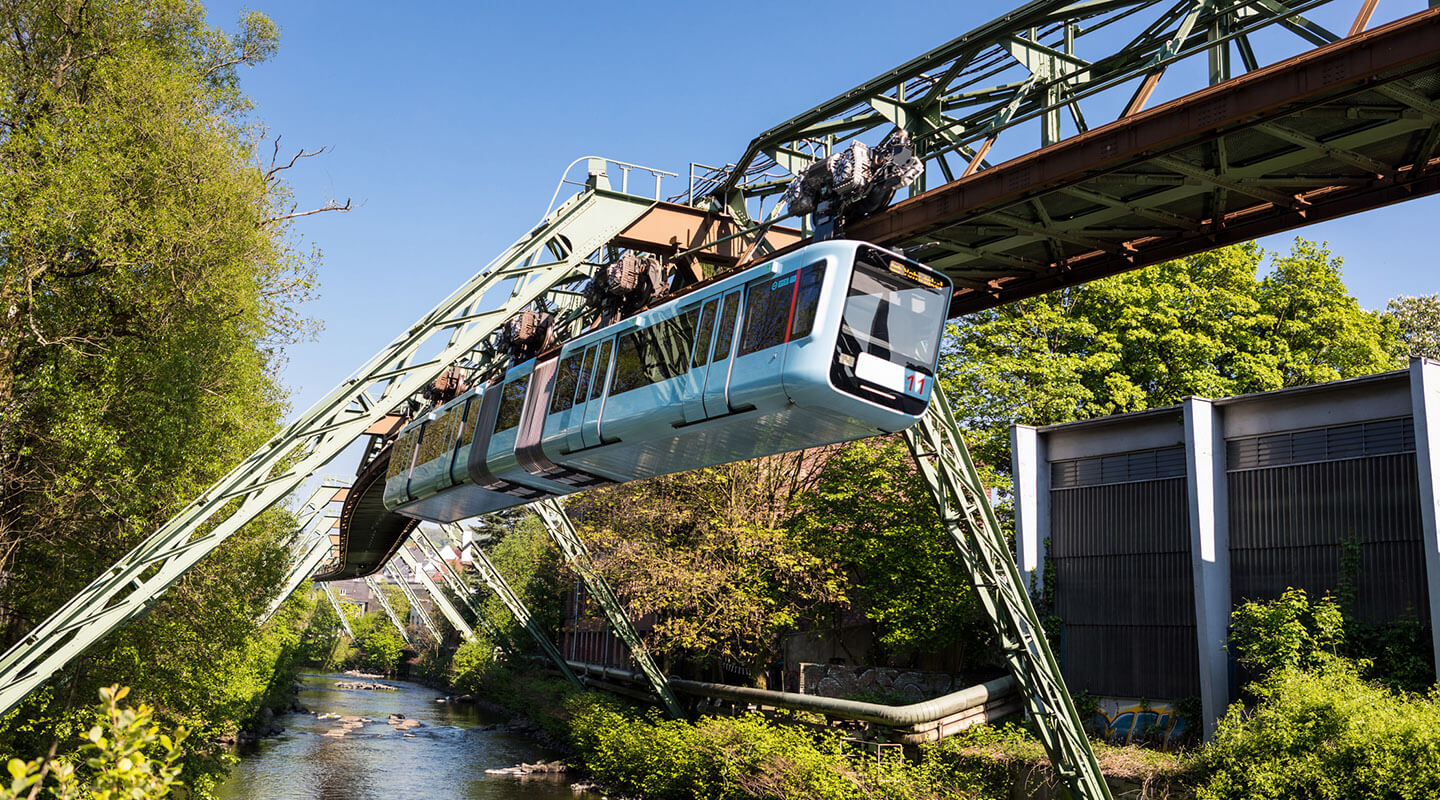
Demand for Above-Ground Transport
For a long time, monorails were not popular due to significant drawbacks. The technologies of that time did not allow for the creation of reliable and safe systems. Limited integration possibilities with existing transport infrastructure also posed challenges. Today, however, advancements in technology and the worsening issue of road congestion have changed the situation.
In the context of increasing urbanization and rising transportation demands, monorails have become a much more sought-after mode of transport. Modern monorail systems incorporate materials and engineering solutions that have improved the reliability and safety of this transport.
Trends in the transport industry indicate that the demand for above-ground transport is on the rise. But how well-suited is the monorail for this role? This solution has several significant disadvantages. One of the main issues is cost. The bulky design of monorail tracks not only disrupts the architectural landscape but also incurs substantial expenses due to high material usage. Operating a monorail, which consumes a lot of energy, is also expensive. Additionally, maintenance costs for this massive transport system can be considerable. Furthermore, monorails typically have low capacity and limited speed.
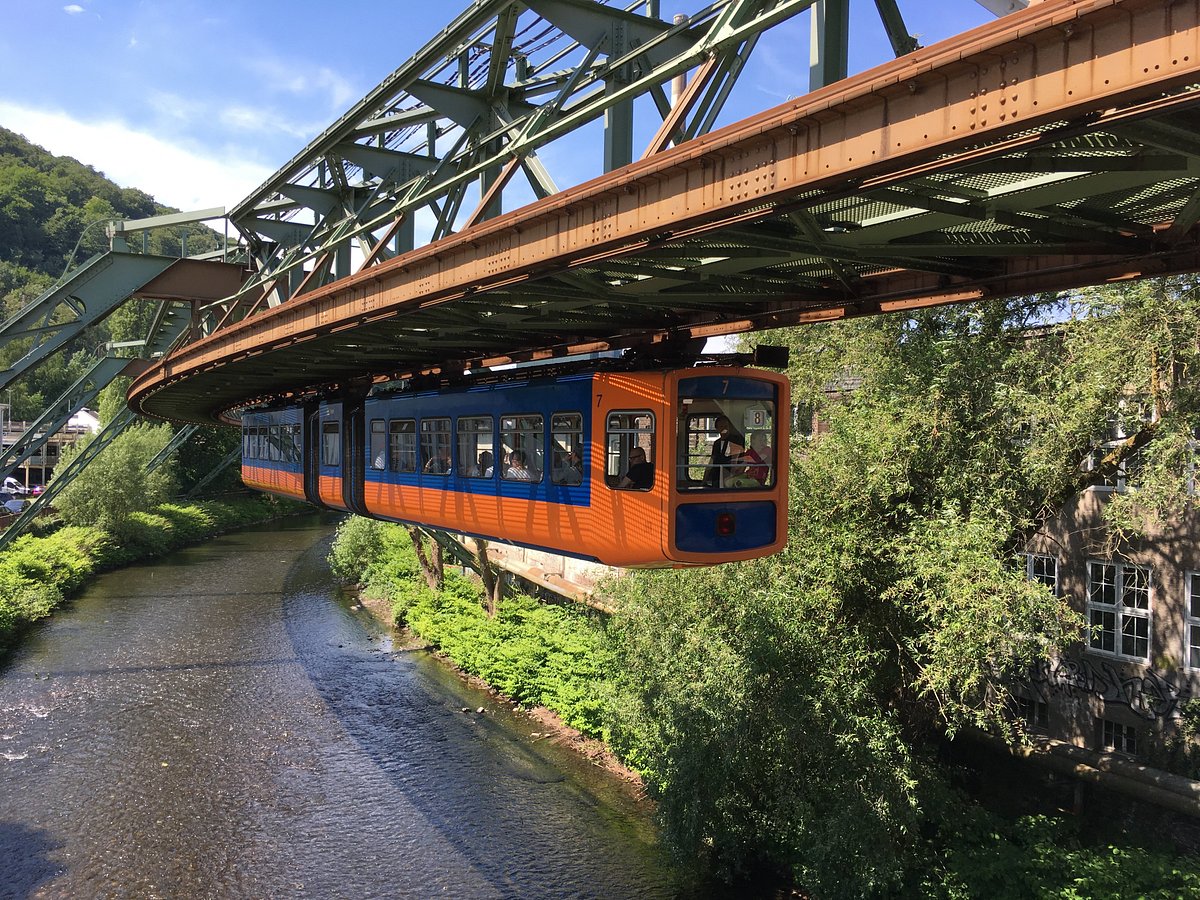
Modern Alternative to the Monorail
Today, there is a more advanced solution in the transport market. In addition to its unique advantages, it incorporates all the benefits of the monorail while eliminating its drawbacks. This is the uST transport.
Unlike the massive concrete overpasses used for monorail trains, the uST system requires minimal land acquisition. It does not disrupt the landscape and easily integrates into urban transport infrastructure. The lightweight design of the string rail overpass requires significantly less material compared to a monorail track. The construction of the uST track structure does not necessitate closing key transport arteries. The large distance between supports allows the track to overcome natural and infrastructural obstacles. The pre-tensioning of the rails addresses the issue of thermal expansion and enables the transport system to operate in abnormally high and low temperatures.
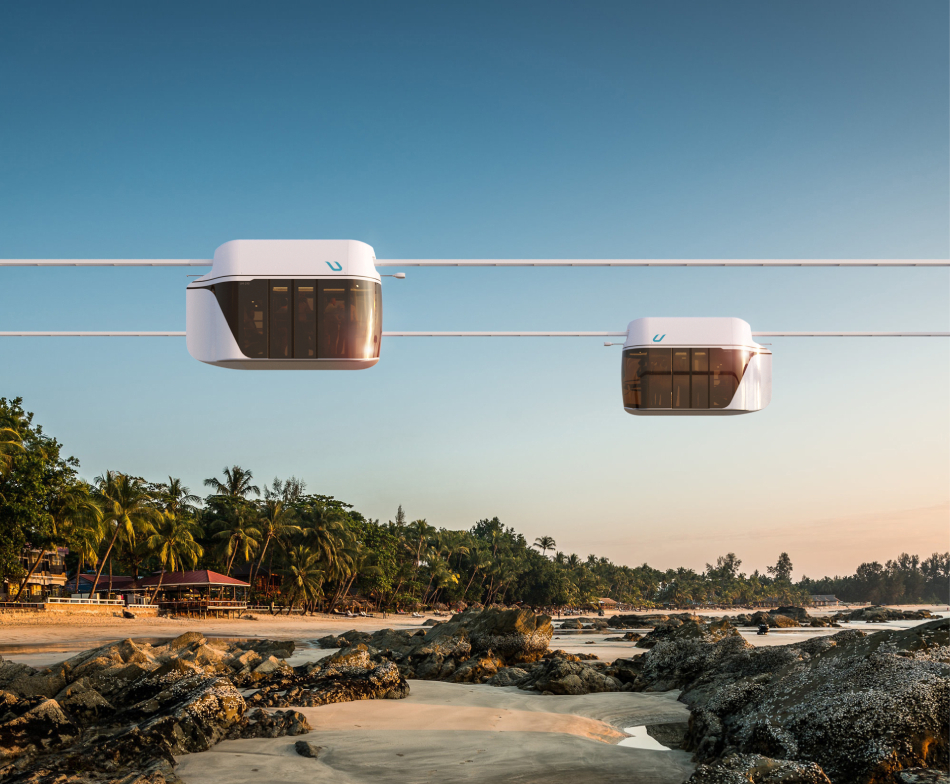
The uST system has a high capacity: during rush hours it can transport up to 50,000 passengers. Its adaptation to passenger flow through automated management systems helps prevent crowding at stations. Depending on the chosen type, the uPods can travel at speeds of up to 150 km/h. Each uPod wheel is equipped with an anti-derailment system, and vehicles maintain constant data exchange while on the line, eliminating the risk of accidents during movement and stopping.
The rail electric vehicles are equipped with their own traction motors. Even in the event of a power outage, they can continue moving along their route autonomously. In contrast, metro trains, monorails, and trams would lose their ability to operate under such circumstances.
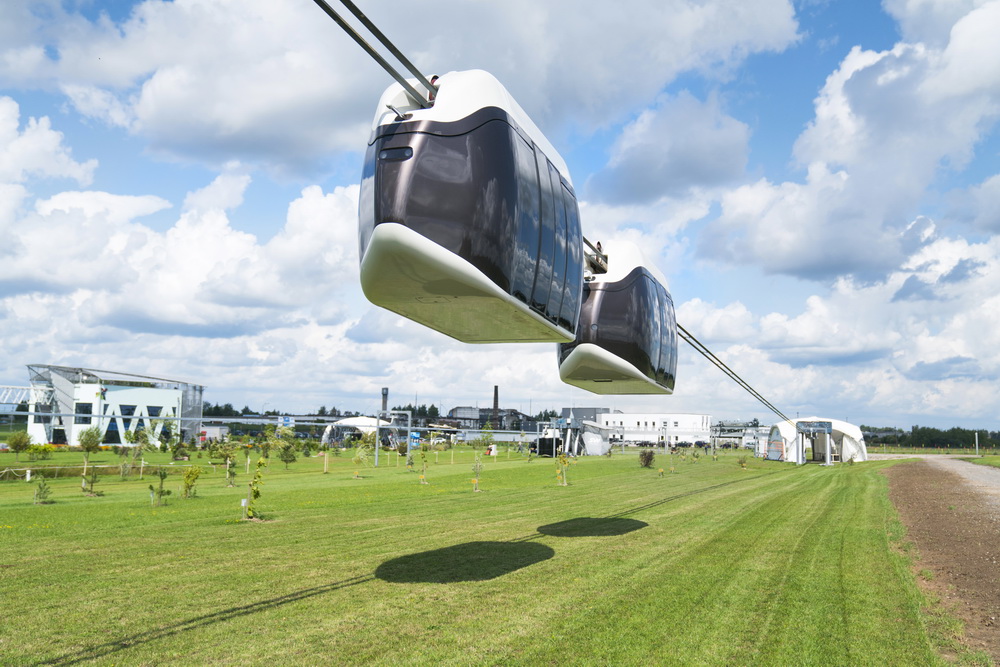
As we can see, the uST transport system significantly outperforms the monorail due to its efficiency, low operational and capital costs, flexibility, high capacity, and safety. This solution not only meets the needs of modern megacities but also creates new opportunities for enhancing urban infrastructure.
More news
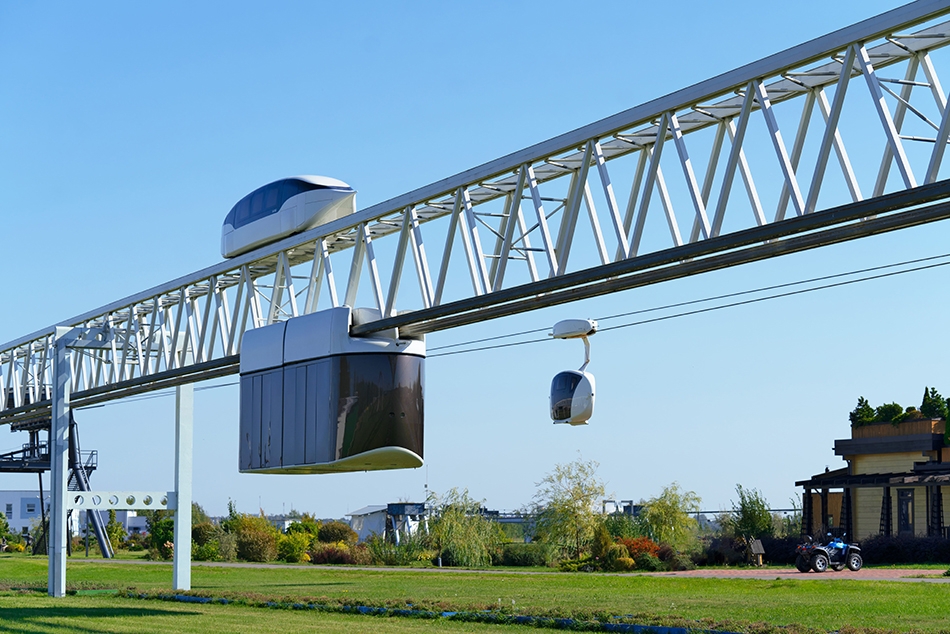
News
29 April 2024
UST Inc. Is Working on the Development of Standards for uPods in Belarus
The State Committee for Standardization of the Republic of Belarus has accepted an applica-tion for the creation of a regulatory framework for rail electric vehicles.
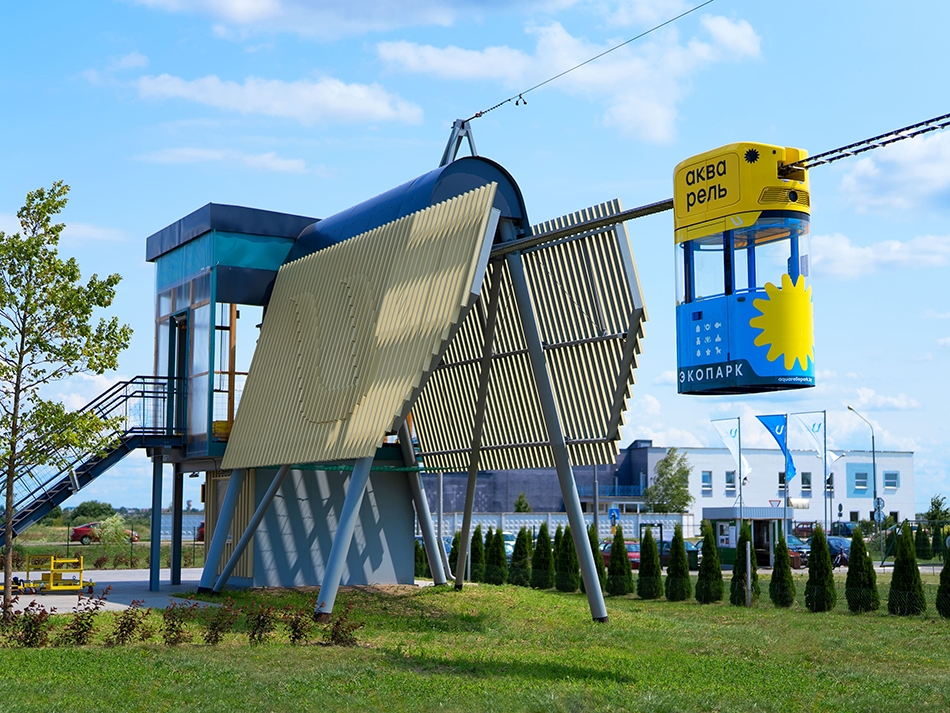
uLite
1 September 2023
The experts of UST Inc. are going to check the electrical and structural safety parameters of uLite
The planned tests should confirm the correctness of the solutions laid down by us.
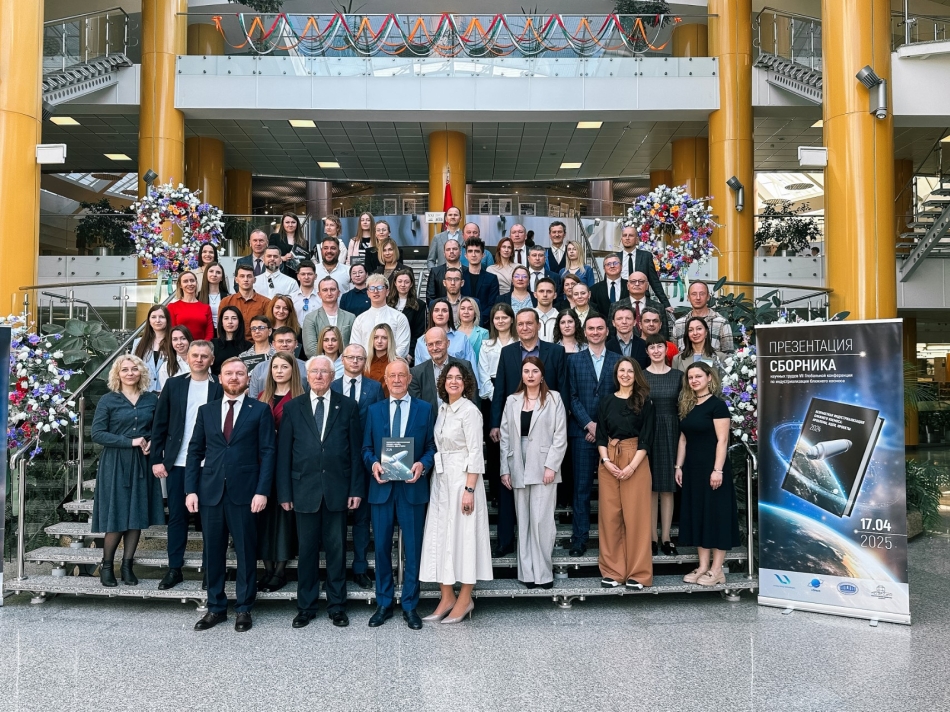
News
17 April 2025
The GCNSI 2024 Collection of Scientific Papers was Presented at the National Library of Belarus
On April 17, a presentation of the collection of scientific papers of the VII Global Conference on Near Space Industrialization (GCNSI 2024) took place in Minsk.

